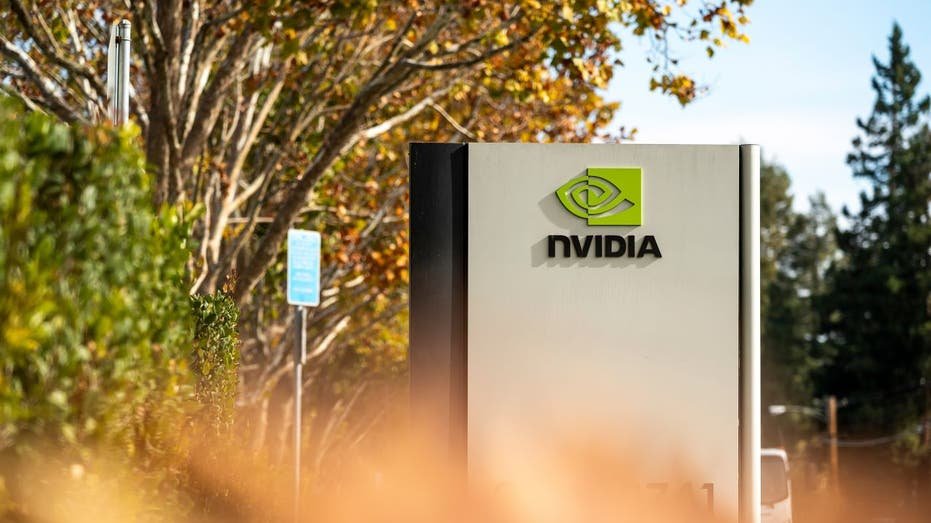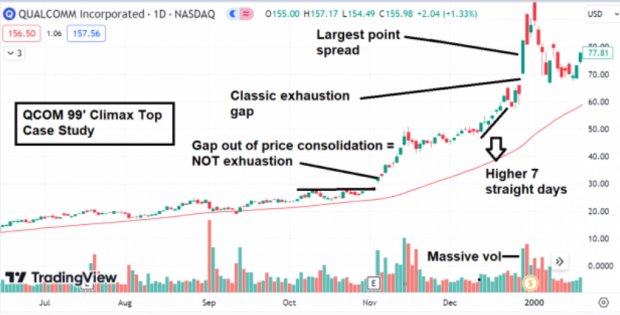The fact that the electric vehicle (EV) industry is going through turmoil is becoming clearer by the day. And it’s not just startup names that are struggling; even the formidable Tesla (TSLA) reported a YoY fall in its Q1 deliveries, in yet another sign of the slowing demand for electric cars.
Things have been even bleaker for startup EV companies, many of which have either gone out of business or are staring at imminent bankruptcy.
Last year, Vietnam-based VinFast (VFS) went public in the U.S. through a special purpose acquisition company (SPAC) merger. The stock soared after the listing, and printed as high as $93 – which gave the startup EV company a market cap in excess of $200 billion, roughly twice the combined market cap of Ford (F) and General Motors (GM).
Cut to 2024, and VFS is now a penny stock trading near its record lows. Here’s the 2024 forecast for the stock amid the ongoing EV turmoil.
VinFast Stock Forecast: Analysts Say It’s a “Strong Buy”
All 4 analysts covering VinFast stock rate it as a “Strong Buy.” Its mean target price of $10.50 is 156% higher than yesterday’s closing prices. The Street-high target price of $13 is triple the current price level – and even the Street-low target price of $8 implies the stock roughly doubling from here.
Despite the limited analyst coverage, brokerages seem quite upbeat on VinFast’s outlook, as reflected in these ratings and target prices. But the price action seems at odds with the optimism that brokerages have in VFS stock.
Why is VinFast Stock Falling?
EV stocks across the board have plummeted, and Vinfast is no exception, having lost over 51% so far in 2024. While the price action is disappointing, to say the least, it is not much different from the stock’s peers – Rivian (RIVN) and Lucid (LCID) have respectively lost 55% and 36% YTD. Chinese EV stocks have performed no better; Xpeng (XPEV) is down almost 45% YTD while NIO (NIO) has lost 48%.
The EV industry is grappling with a massive overcapacity, as sales haven’t really taken off as expected. The demand-supply mismatch directly contributed to the price war, which is taking a toll on profit margins and intensifying the losses and cash burn among startup players.
VinFast Is Burning Billions of Dollars in Cash
As for VinFast, its cash burn was $3.3 billion in 2023 and $2.2 billion in 2022. The company had cash and cash equivalents of a mere $168 million at the end of 2023. VFS relies on frequent cash infusions from its parent company, Vingroup, and its corporate presentation says that it has “unyielding support of Vingroup.”
We have a similar example in Lucid Group, whose biggest shareholder, Saudi Arabia’s Public Investment Fund (PIF), has poured billions of dollars of cash into the struggling EV company. However, even the backing from Saudi Arabia’s sovereign wealth fund, which is known for its deep pockets, has barely managed to keep Lucid Motors afloat.
The Good, the Bad, and the Ugly About VFS
There are multiple red flags for VinFast. For instance, over 70% of its scooter sales, and half of its passenger vehicles in 2023, were made to Green and Smart Mobility (GSM), which is a taxi rental company established by VinFast’s parent company Vingroup.
Also, VinFast’s VF8 did not have great reviews, unlike models from some of the other EV companies – such as Rivian and Lucid, which can at least boast of a compelling product.
VinFast is targeting the SUV market and has multiple options across price points. Its next mini car, with a range of 125 miles, is rumored to start at around $20,000. The company is also working on localizing its production and is setting up a plant in North Carolina, which could potentially make its models eligible for the federal EV tax credit.
In addition, it has plans to open completely knocked down (CKD) plants in India and Indonesia. With Chinese EV companies finding it tough to get market access to many countries, VinFast scores an advantage as it is based in Vietnam.
VinFast trades at a next 12-month (NTM) enterprise value-to-revenue multiple of 6.41x. The metric looks on the higher side, and is at a significant premium to other startup EV players. For instance, the corresponding multiple for Rivian is 1.21x, while it’s a mere 0.59x for Xpeng.
Even if we apply a valuation discount for Chinese companies, I would rather buy XPEV at these prices instead of betting on VinFast, which does not seem to offer any real competitive advantage and looks like a “me-too” player in the increasingly overcrowded EV industry.
On the date of publication, Mohit Oberoi had a position in: TSLA , F , GM , LCID , RIVN , NIO , XPEV . All information and data in this article is solely for informational purposes. For more information please view the Barchart Disclosure Policy here.
The views and opinions expressed herein are the views and opinions of the author and do not necessarily reflect those of Nasdaq, Inc.










